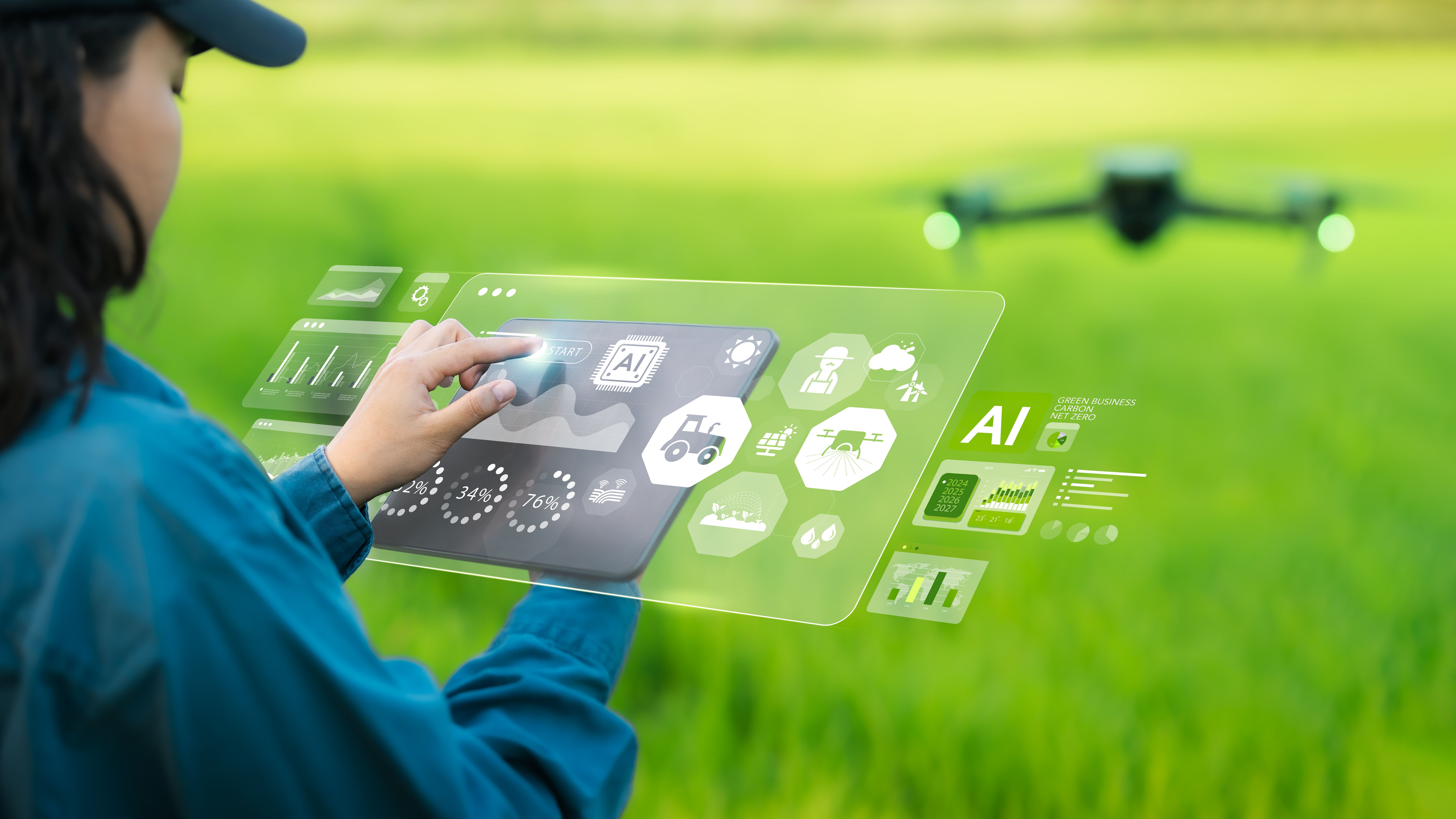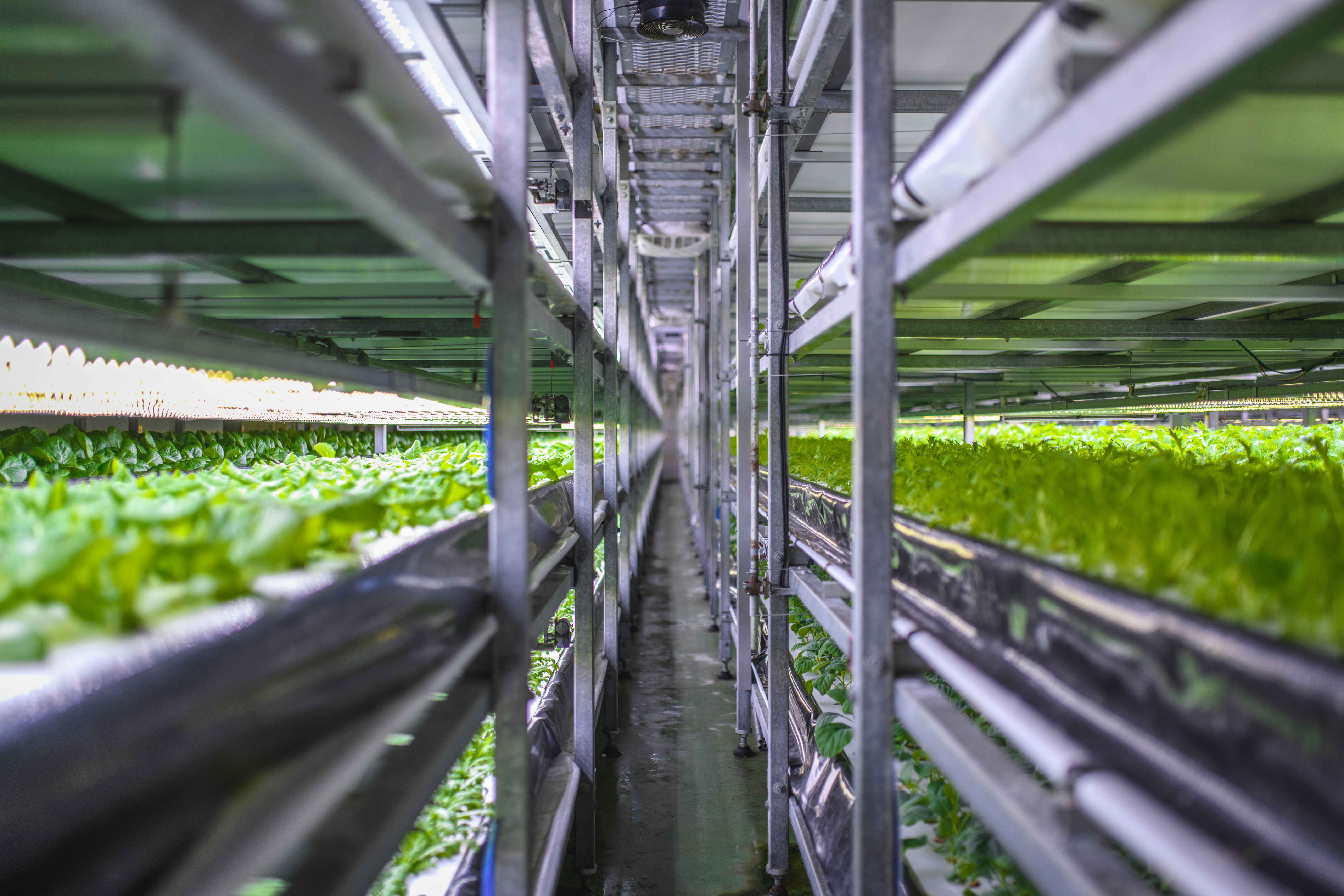Future Farming: Top Agricultural Technologies to Watch in 2024
Introduction to Future Farming
As the world population continues to grow, the demand for food increases, pushing the agriculture sector to innovate at an unprecedented rate. The future of farming is heavily reliant on technological advancements that promise to improve efficiency, sustainability, and yield. In 2024, several cutting-edge technologies are set to revolutionize the way we farm. Here’s a look at some of the top agricultural technologies to watch.

Precision Agriculture
Precision agriculture is a farming management concept that uses information technology to ensure crops and soil receive exactly what they need for optimal health and productivity. By leveraging GPS, satellite imagery, and sensors, farmers can gather detailed data about their fields.
Benefits of Precision Agriculture
Some key benefits include:
- Resource Efficiency: Reduces waste by applying inputs like water, fertilizers, and pesticides precisely where needed.
- Increased Productivity: Enhances crop yields by optimizing conditions for plant growth.
- Environmental Protection: Minimizes the impact on surrounding ecosystems by reducing runoff and pollution.
Vertical Farming
Vertical farming is an innovative approach that involves growing crops in stacked layers, often within controlled environments. This technology is especially beneficial in urban areas where space is limited. By using LED lighting and hydroponic or aeroponic systems, vertical farms can produce high yields in small spaces.
Advantages of Vertical Farming
The advantages are numerous:
- Space Utilization: Maximizes production in limited areas.
- Year-Round Production: Controlled environments allow for continuous crop cycles regardless of weather conditions.
- Reduced Transportation Costs: Proximity to urban centers decreases the need for long-distance transportation.

Automated Machinery and Robotics
The integration of robotics and automation in agriculture is set to transform traditional farming practices. Automated machinery can perform tasks such as planting, harvesting, and weeding with precision and speed. This not only reduces labor costs but also addresses labor shortages in the agricultural sector.
Impact on Labor
While automation may reduce the need for manual labor, it also creates opportunities for skilled positions in technology maintenance and operation. Farmers can focus on decision-making and strategy rather than repetitive tasks.
Drones in Agriculture
Drones are becoming an essential tool for modern farmers, offering a bird’s-eye view of their fields. They can be used for monitoring crop health, assessing damage, and even applying treatments. Equipped with cameras and sensors, drones provide real-time data that can significantly enhance decision-making processes.
Drones’ Contribution to Precision Farming
By providing accurate data quickly, drones help farmers respond promptly to issues such as pest infestations or water stress, ensuring better crop management and higher yields.

Sustainable Practices and Technologies
Sustainability is at the forefront of future farming technologies. Innovations like solar-powered machinery, biodegradable mulches, and organic farming practices are gaining traction. These approaches aim to reduce the carbon footprint of agriculture while maintaining soil health and biodiversity.
The Role of Sustainability
Sustainable farming not only addresses environmental concerns but also meets consumer demand for eco-friendly products. As awareness grows, these technologies are expected to become mainstream in the coming years.
Conclusion
The agricultural sector is on the brink of a technological revolution where efficiency, productivity, and sustainability are key objectives. As we move forward into 2024, these technologies will continue to evolve, reshaping the future of farming. By embracing these innovations, farmers can meet the challenges of feeding a growing population while preserving our planet's resources.